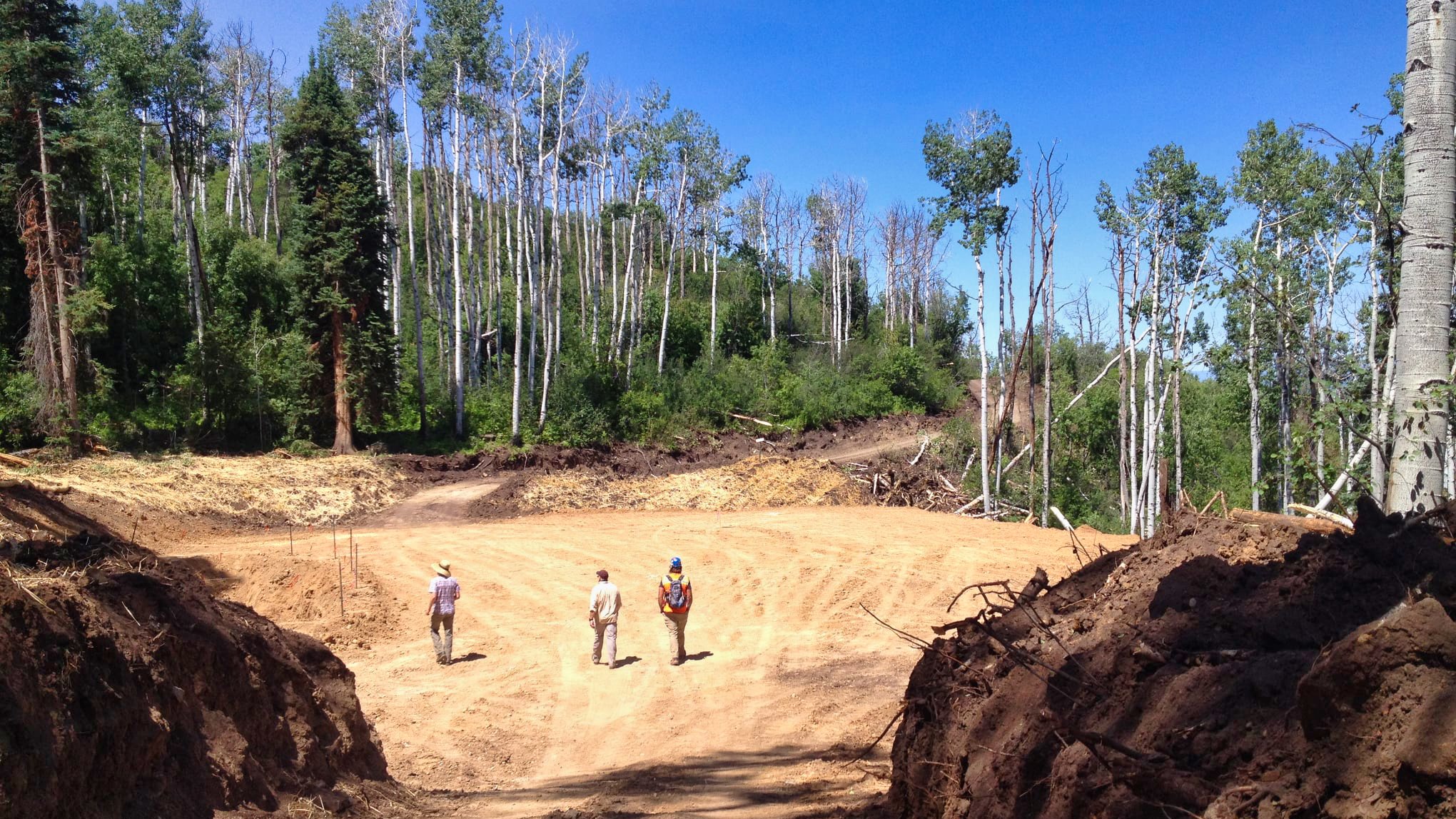Highlighting Important Environmental Decisions: Massachusetts v. EPA
We're thrilled to welcome Andrea (Andi) Bonato, a law student at Denver University Sturm College of Law, who will be completing a summer extension with HCCA. Andi will be helping us with legal, policy, and regulatory research. In addition, each week she will highlight a particularly important environmental decision, legislation, or regulation. That commences this week, with the impactful 2007 U.S. Supreme Court case of Massachusetts v. Environmental Protection Agency. The Court acknowledged that climate change was real and was already causing harm. Among other things, the Court held that the EPA can regulate greenhouse gas emissions as “air pollutants” under the Clean Air Act. This opened the door for increased air protection standards, regulation of greenhouse gas emissions, and the 2015 Paris Accord. See below for more details about this case.
In 2007, the U.S. Supreme Court decided the impactful case of Massachusetts v. Environmental Protection Agency. The Court acknowledged that climate change was real and was already causing harm. Among other things, the Court held that the EPA can regulate greenhouse gas emissions as “air pollutants” under the Clean Air Act. This opened the door for increased air protection standards, regulation of greenhouse gas emissions, and the 2015 Paris Accord.
In Massachusetts v. Environmental Protection Agency, the state of Massachusetts sued the EPA because the EPA refused to regulate greenhouse gas emissions, including carbon dioxide, as “air pollutants” under the Clean Air Act. 549 U.S. 497, 514 (2007). The Clean Air Act requires the EPA to regulate the emission of pollutants that “endanger public health and welfare” and authorizes state and local governments to enforce regulations with oversite by the EPA. Id. at 530.
Massachusetts argued that the EPA’s failure to regulate greenhouse gas emissions such as carbon dioxide contributed to climate change, which caused the ocean around Massachusetts to rise, resulting in a loss of coastal lands. Id. at 522. The EPA argued that Massachusetts lacked standing to bring the suit, that the Clean Air Act did not authorize it to issue regulations about climate change, and even if it did, it refused to exercise such authority. Id. at 511, 517.
The U.S. Supreme Court held that Massachusetts had standing to bring the suit because it suffered a concrete and particularized injury as a result of climate change that would in some part be redressed if greenhouse gas emissions were regulated by the EPA. Id. at 521-26. Afterall, the EPA’s failure to regulate greenhouse gas emissions contributed to climate change, which caused the oceans to rise, which in turn resulted in loss of Massachusetts’ coastal wetlands. Id. at 522-23. The Court also held that the EPA can regulate greenhouse gas emissions as “air pollutants” under the Clean Air Act, and that the EPA’s failure to regulate greenhouse gas emissions was arbitrary and capricious. Id. at 528-29, 533-34. The Court relied on the language of the Clean Air Act to state that the EPA can only avoid taking regulatory action with respect to greenhouse gas emissions from new motor vehicles only if it determines that these emissions do not contribute to climate change, or if it provides some reasonable explanation about why it will not regulate them. Id. at 533. Here, the EPA did neither of these things. Id. at 534.
In this landmark decision, the U.S. Supreme Court acknowledged that climate change was really occurring. This decision was a huge win for the environmental law community, acknowledged important standing rules, and opened the door for increased air protection standards, regulation of greenhouse gas emissions, and the 2015 Paris Accord. See Liz Mineo, How and Why the Supreme Court Made Climate-Change History, The Harvard Gazette, Apr. 22, 2020, https://news.harvard.edu/gazette/story/2020/04/massachusetts-v-epa-opened-the-door-to-environmental-lawsuits/; Ben Levitan, The Tenth Anniversary of Massachusetts v. EPA, Environmental Defense Fund (2017), https://blogs.edf.org/climate411/2017/04/02/the-tenth-anniversary-of-massachusetts-v-epa/; Jackie Glassman & Patrick Traylor, Tailpipes And Smokestacks: The Impact Of Climate Change Policies On Mobile And Stationary Sources Of Greenhouse Gases (2010 ed. 2010); Sam Evans-Brown, Outside/In: How Massachusetts v. EPA Forced the U.S. Government to Take On Climate Change (2021), https://www.nhpr.org/environment/2021-05-08/outside-in-how-massachusetts-v-epa-forced-the-u-s-government-to-take-on-climate-change.
Case Citation:
Massachusetts v. Environmental Protection Agency, 549 U.S. 497, PINCITE (2007).
Secondary Source Citations:
Liz Mineo, How and Why the Supreme Court Made Climate-Change History, The Harvard Gazette, Apr. 22, 2020, https://news.harvard.edu/gazette/story/2020/04/massachusetts-v-epa-opened-the-door-to-environmental-lawsuits/.
Ben Levitan, The Tenth Anniversary of Massachusetts v. EPA, Environmental Defense Fund (2017), https://blogs.edf.org/climate411/2017/04/02/the-tenth-anniversary-of-massachusetts-v-epa/.
Jackie Glassman & Patrick Traylor, Tailpipes And Smokestacks: The Impact Of Climate Change Policies On Mobile And Stationary Sources Of Greenhouse Gases (2010 ed. 2010).
Sam Evans-Brown, Outside/In: How Massachusetts v. EPA Forced the U.S. Government to Take On Climate Change (2021), https://www.nhpr.org/environment/2021-05-08/outside-in-how-massachusetts-v-epa-forced-the-u-s-government-to-take-on-climate-change.


